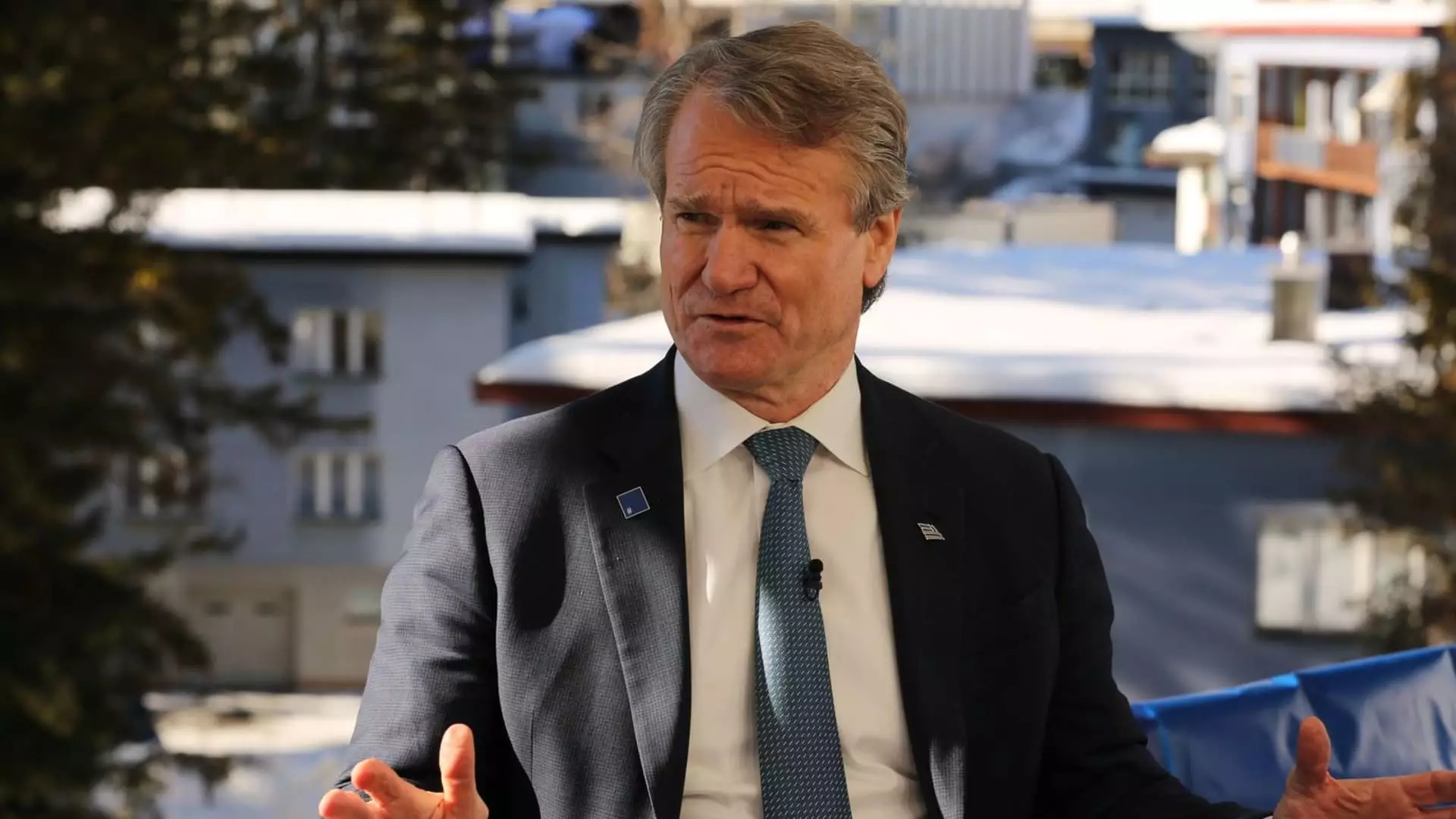In a recent discussion, Brian Moynihan, the CEO of Bank of America, shared compelling insights into the current state of consumer spending in the United States. According to Moynihan, retail customers have increased their expenditures by approximately 6% within the first 40 days of the year, signifying a robust economic outlook compared to previous years. This notable rise in spending not only reflects consumer confidence but also suggests a continuation of economic activity that could play a crucial role in determining future monetary policy, particularly regarding interest rates set by the Federal Reserve.
The ongoing acceleration in consumer spending complicates the Federal Reserve’s strategy concerning interest rate adjustments. Following the onset of the pandemic in 2020, the Fed embarked on an easing cycle to stimulate the economy, initiating rate cuts to foster spending and investment. However, with recent reports from the Bureau of Labor Statistics indicating unexpectedly high growth in the consumer price index, the prospect of further rate cuts may be far less optimistic. Moynihan emphasized that the current economic landscape suggests rates will likely remain stable for some time, rather than being lowered amidst persistent inflationary pressures.
Inflation remains a significant concern for both consumers and central bankers. While consumer demand is a positive signal for the economy, it can lead to price firmness, which reinforces the argument for maintaining higher interest rates. Moynihan articulated that there has not been sufficient progress in achieving lower inflation to justify any cuts. This viewpoint aligns with Bank of America’s broader research, which predicts that elevated inflation levels will likely deter the Fed from enacting immediate rate cuts.
The implications of sustained consumer spending and persistent inflation are profound. If Moynihan’s sentiments hold true, the Fed may need to recalibrate its expectations and strategy. The delicate balance between stimulating economic growth and controlling inflation necessitates a cautious approach. As consumer spending continues to rise, attention will turn to how such growth affects inflation rates in the coming months and how the Fed will navigate this complex terrain.
The insights from Brian Moynihan shed light on the intricate dynamics of consumer behavior and monetary policy. While increasing spending could be interpreted as a sign of economic resilience, it simultaneously presents challenges for the Federal Reserve as it grapples with the persistent specter of inflation. As we progress through the year, the interplay between consumer expenditure and inflationary trends will undoubtedly inform discussions on interest rates and the broader economic landscape. The road ahead will require careful monitoring and strategic decision-making to ensure a stable and prosperous economic environment.

